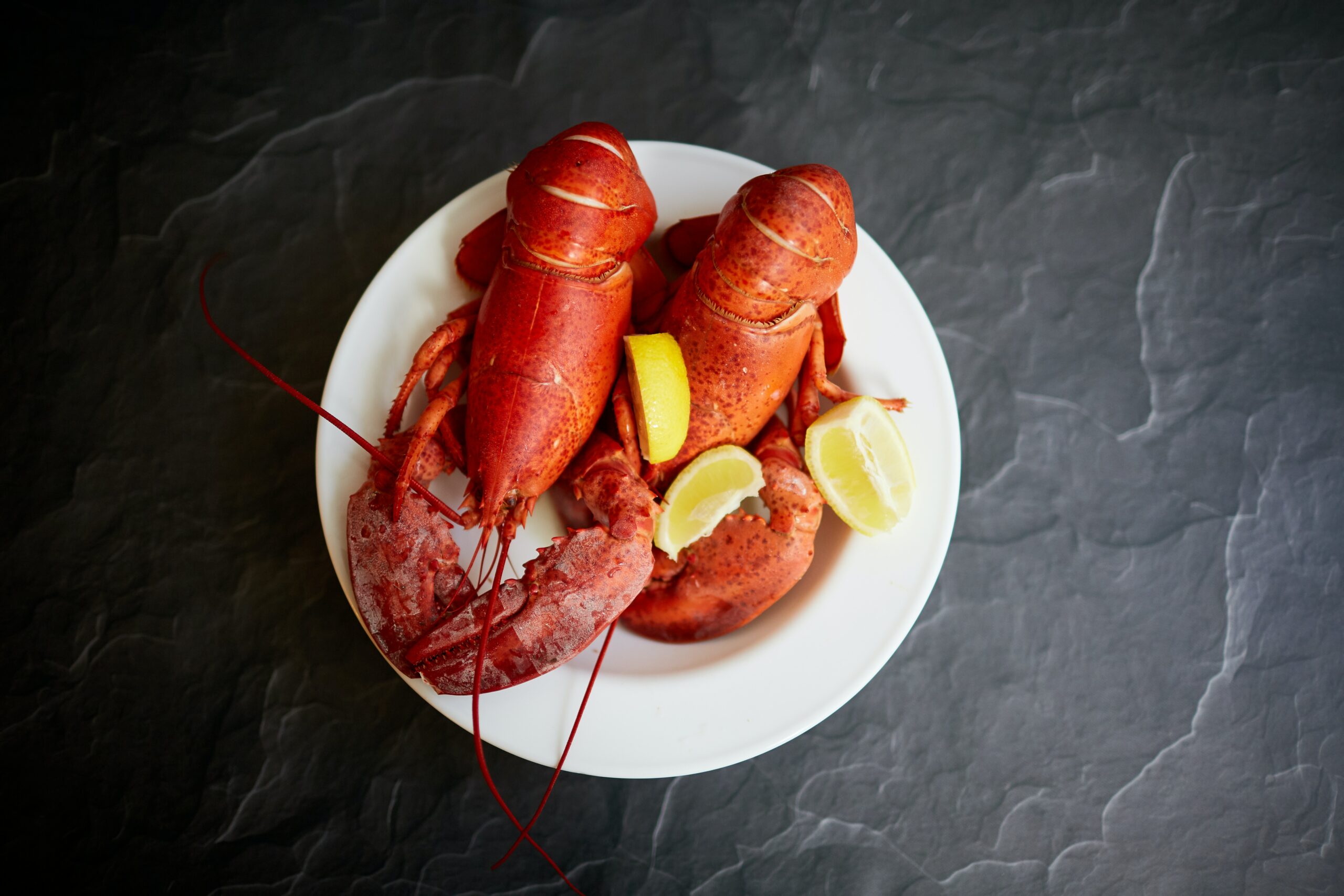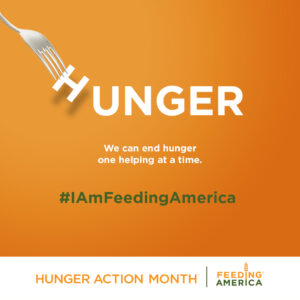By Mary Beringer, Grant Coordinator
Food is more than a blank, featureless source of calories to get us through the day. Food is cultural, it has a story, it reminds us of people and places and times long since passed. Food is creative, from the techniques used to perfect a chocolate souffle to everyone’s unique opinions about the best add-ins for instant ramen. That ingenuity has always been especially present in low-income communities, where people have long scraped together what they had to make a unique meal that nourishes the body and the soul. In this blog, we discuss some foods that have a unique history, from the bargain bin to five-star restaurants, and what that says about us and our dinner plates.
It is hard to imagine a time when someone would cringe at the sight of lobster in their lunchbox. However, in the colonial era, one man wrote of lobsters that “Their plenty makes them little esteemed and seldom eaten.” Native Americans used lobster meat for fishing bait, and the massive crustaceans were often fed to prisoners because of how plentiful they were. And indeed, schoolchildren were embarrassed to find claws and a tail in their lunchbox.
So how did lobster become one of the most desirable “fancy” foods in America, if not the world? Part of the cause is over-harvesting and climate change. While it was once easy to pluck lobsters from the East coast shores after a storm, the creatures are now much harder to come by, requiring dangerous harvesting techniques further north in the cold waters lobsters call home. However, the main reason lobster is so expensive is because of an increase in demand. In the 1800s, when railroads began their sprawl across America, it became easier for people to visit other parts of the country. Tourists came to New England, tried lobster, and loved it. What was once the food of poor people in one region became a valuable export for foodies across the country, and low-income New Englanders lost a resource that had once been a cornerstone of their diets.
People experiencing poverty often have to get creative and put in extra work to make the foods available to them tasty. Both boeuf bourguignon and coq au vin are dishes that came from low-income communities taking “undesirable” cuts of meat- tough beef and rooster, respectively -and cooking them low and slow for many hours to create something delicious. Now, these dishes are regarded as delicacies of French cuisine. A similar phenomenon can be observed in America with barbeque.
A unique creation of the American South, a true barbeque pit requires significant labor to create, and more labor in the form of close monitoring over many hours. Before the Civil War, this job almost universally fell to enslaved people, who were very familiar with the extra effort required to make “inferior” meat turn into something that is fall-off-the-bone tasty. Even after slaves were emancipated, barbeque remained a uniquely Black art and a well-kept secret of the South. But starting in the 1980’s and into the 2000’s, BBQ became a fixation of an obsession with unique artifacts of Americana. What was once a humble “folk art” was now a project that required the latest high-tech grill or smoker.
New markets discovering a food traditionally grown or prepared by people in poverty can have a positive impact. Just look to the Peruvian quinoa farmers who, despite the rumors, profited significantly when quinoa became a popular food in the western world, starting in the 2010s. However, that situation was unique, because American markets were purchasing directly from Peruvians. This is different from the way barbeque has been affected, with non-Black chefs often taking the credits and profits for a culinary creation that is not their own.
Other cultural foods, often brought to America by immigrants, have met similar fates. Consider Chinese-American cuisine, which is often derided by some as being “not real Chinese food” despite having been invented largely by first generation Chinese immigrants. Or what about Tex-Mex food, a fusion of Southwest American cuisine with Mexican cooking, which was a unique creation of immigrants, displaced citizens, and working-class people. Like barbeque, the most expensive restaurants serving these types of food are often owned and run by rich white people who are disconnected from the cultures that originated the style.
By no means is it immoral to eat lobster, pulled pork, General Tso’s chicken, or nachos. Food is a way to show love and to explore the world, and it should be enjoyed by all. However, it is important at the dinner table, as in life, to know your history. Remember and be thankful for the story of how food got to your plate. Finally, if you are eating out, consider patronizing small businesses run by people who have a true connection to the food they are cooking, and try to be willing to spend a little more money for the pleasure. Treat food like a journey, and seek out the right guides to lead the way.
Sources:
Cherfas, Jeremy. “Your Quinoa Habit Really Did Help Peru’s Poor. but There’s Trouble Ahead.” NPR, 31 Mar. 2016, www.npr.org/sections/thesalt/2016/03/31/472453674/your-quinoa-habit-really-did-help-perus-poor-but-theres-trouble-ahead.
Kageyama, Ben. “When Lobsters Were Poverty Food.” Medium, 4 Oct. 2020, medium.com/lessons-from-history/when-lobsters-were-poverty-food-2a115e0694f0.
Mishan, Ligaya, et al. “The Humble Beginnings of Today’s Culinary Delicacies.” The New York Times, 26 Nov. 2021, www.nytimes.com/2021/11/26/t-magazine/humble-foods-poverty.html.
Pruitt, Sarah. “Tracing the History of Tex-Mex.” History.Com, 16 June 2015, www.history.com/news/tracing-the-history-of-tex-mex.
Zhao, Xiran Jay. “Why American Chinese Food Deserves Respect (And Why the MSG Fear is a Hoax).” YouTube, uploaded by Xiran Jay Zhao, 27 September 2021, https://youtu.be/1HFFxihgfzI.




No comment yet, add your voice below!